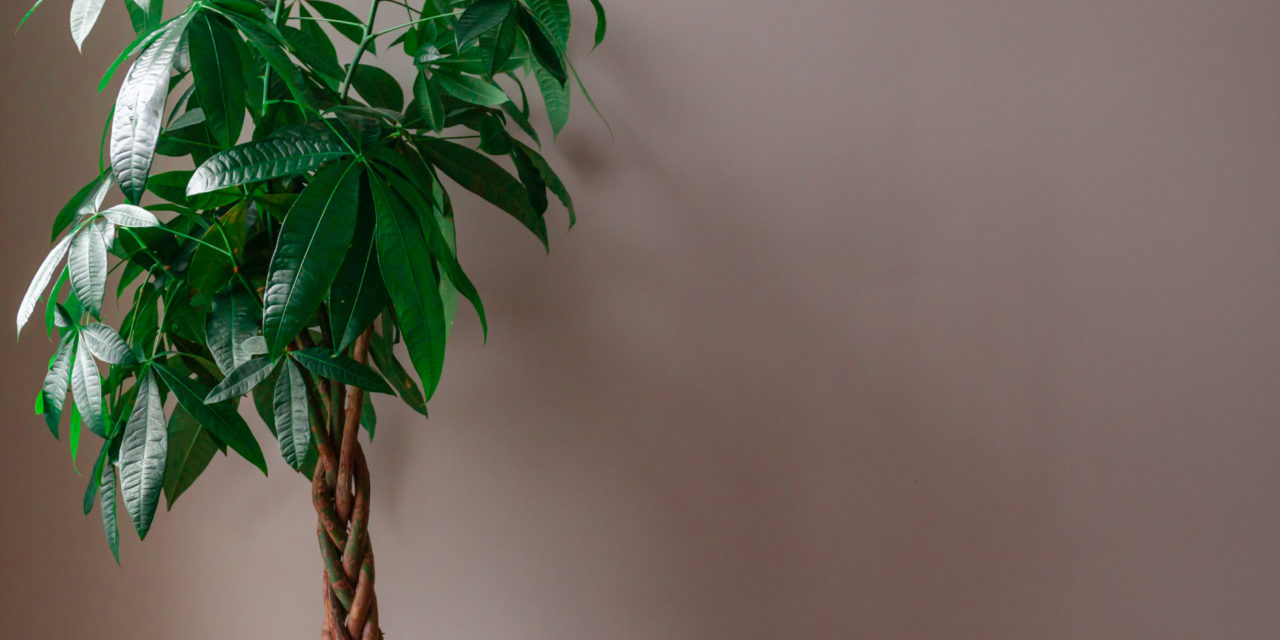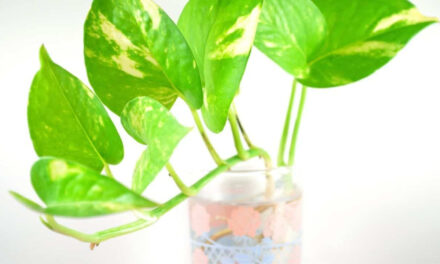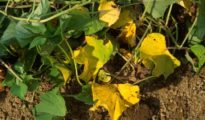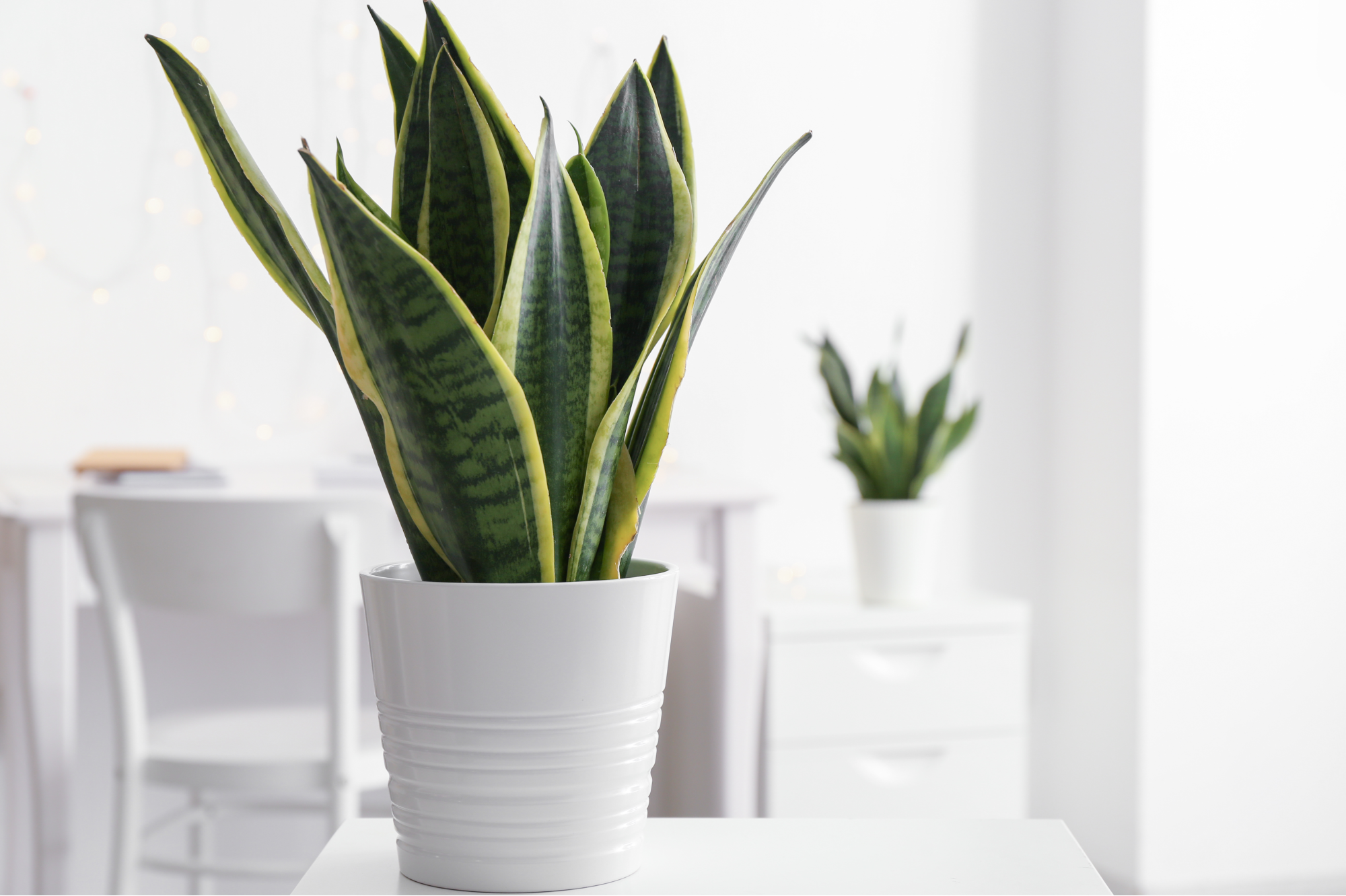The money tree is one of the most popular indoor plants and today, we'll talk about how to care for a money tree plant. Money trees, pachira aquatica, also called Guiana Chestnut, look great in any home, as they give a tropical feel to the surroundings, and they're also easy to care for. With the right care, a money tree can grow to be quite big! Native to Mexico and northern South America, the money tree is a perfect addition to your home, and with proper care, can grow and prosper for years to come!
Light: How Much Light Does Does a Money Tree Need?
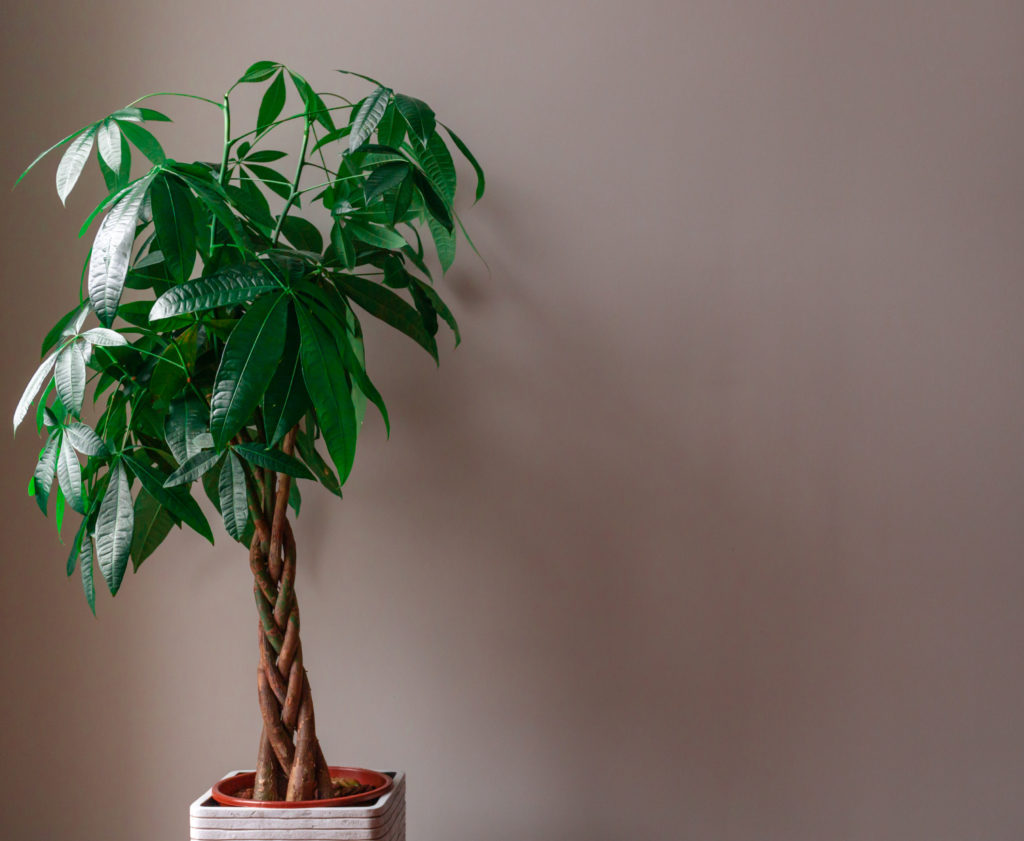
Because this is a tropical and subtropical plant, it will need plenty of indirect light. We suggest medium to full indirect light if possible. The more light your money tree will receive, the healthier it will grow. Pro tip: turn your money tree plant every time you water, so that all sides of the plant receive equal amounts of light.
Water: How Much Water Does a Money Tree Need?
The money tree prefers deep but infrequent watering. This means that you should only water your money tree when the top 2-4″ of soil is dry. You can test this simply by placing your finger into the soil. If the top few inches of soil is moist, do no water. If it is dry, water deeply and until water runs out of the drainage holes. During dry, winter months, your money tree will require less water than normal.
Humidity: Does the Money Tree Like Humid Spaces?
As you've probably already guessed, your money tree will appreciate a bit of humidity, especially in drier, winter months. You can do this by placing a humidifier near the plant, and also misting the leaves with water once in a while. If you have indirect light in a washroom, this is a great place for your money tree to thrive in!
Soil: What Type of Soil Does the Money Tree Prefer?
Although the money tree isn't too picky about the type of soil it grows in, it does prefer well draining, loamy soil. As we mentioned above, be sure to let the top few inches of soil dry completely before watering – money tree does not like to be sitting in water.
Food: Does the Money Tree Need to be Fertilized?
Like most plants, your money tree will benefit from fertilizer. In the spring and summer when the plant is producing new leaves, feed it with a water-soluble balanced food plant once a month. Do this at half the recommended strength of the food plant. For example, if your food plant recommends you use 1 tsp of food plant per 500ml of water, use only 1/2 tsp per 500ml of water. No need to fertilize during the winter months. Pro tip: Fertilize on damp soil.
Temperature: What's the Best Climate for a Money Tree?
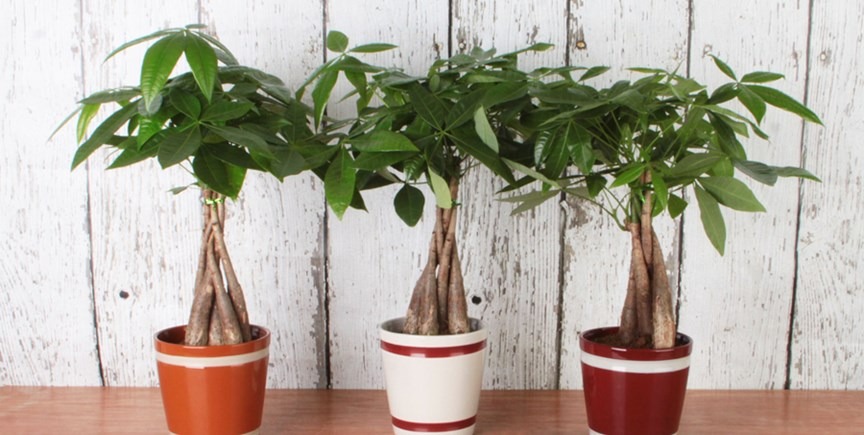
As we mentioned above, the money tree is a tropical and subtropical plant, and will therefore prefer warmer temperatures. The ideal temperature range for a money tree is between 65-80F (18-26C).
How to Repot a Money Tree Plant:
We suggest you not move your money tree plant, as they do not like to be moved from pot to pot. But, if you do, choose a bigger pot than the previous one, and only change soil is you suspect powdery mildew or any other soil-borne diseases. Once your money tree is re-potted, you may see some leaf drop, but that will correct itself over time.
Money Tree Pests & Diseases:
The money tree is susceptible to the following pests: mealybugs, aphids, and fungus gnats. If you see any of these on the plant, use an appropriate pesticide to spray the leaves. Additionally, the money tree is also susceptible to powdery mildew, anthracnose, and root rot. If you see powdery mildew, remove any of the infected parts or re-pot the plant using new soil.
Toxicity: Is the Money Tree Safe for Pets?
According to the ASPCA, the money tree plant is safe for pets, both cats and dogs.

